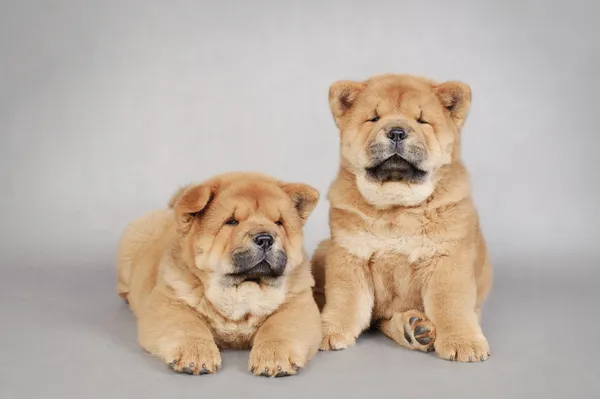
What happens when an experienced dog trainer says there are breeds he dreads working with? Will Atherton, a canine behaviourist with an enormous online following, has sparked conversation by naming the dogs that he finds most challenging-and in one case, potentially dangerous if mishandled. His candid take cuts through the romanticized image of “man’s best friend” and reminds owners that every breed comes with unique needs, quirks, and risks.
The love affair between Britain and dogs is undeniably strong, but when it comes to bringing one home, there needs to be more than aesthetic appeal or popularity. Backed by breed histories and veterinary research, the insights of Atherton pinpoint why some dogs require more skill, patience, and preparation than others do. From ancient guardians to the irresistibly cute but medically compromised companions, a closer look at the nine breeds capable of testing even experienced handlers is taken.
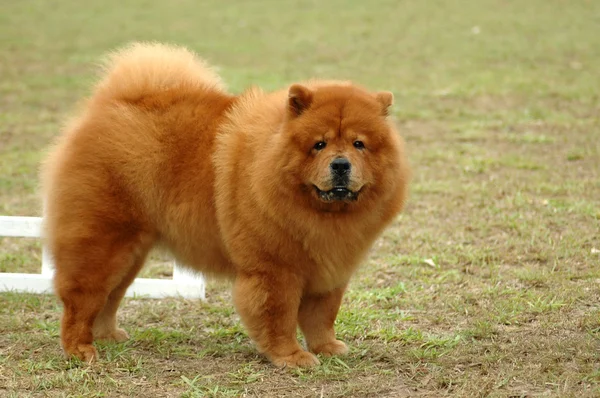
1. Chow Chow – The Aloof Ancient
Ancestor of over 2,000 years, Chow Chows have been used for hunting, herding, and guarding from Siberia to China. Lion-like in appearance, with its mane and blue-black tongue, the Chow is an unforgettable animal, but personality can be equally remarkable. Many are described as catlike, meaning reserved, independent, and not overly affectionate, often becoming very attached to a single person and standoffish with strangers.
He claims that in his line of work, he rarely encounters a “really nice one”, and this is because of their strong-willed nature and territorial instincts. While early socialization may be necessary, even then they may not enjoy being coerced into affection or sudden contact with training. Their independence is an added plus for experienced owners, yet inhibiting for first-timers because of the mix of stubbornness and protectiveness.
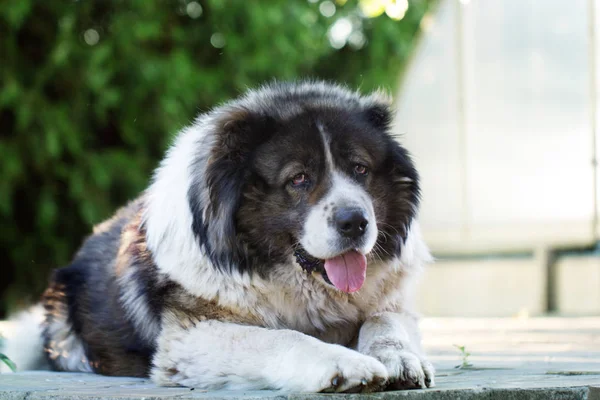
2. Caucasian Shepherd: The Powerhouse Protector
Better known as the Caucasian Ovcharka or Russian Bear Dog, this Eastern European breed was developed to guard livestock against predators in the harsh Caucasus Mountains. Large in size-they often weigh over 100 pounds-they require a very secure environment and an owner who is confident managing their formidable strength.
Atherton says that the breed has made him question a few times whether he would be able to stop one should it decide to inflict an injury. Their innate suspicion of strangers, heightened by intense loyalty, means they do well in quiet, orderly homes with no children or other pets. If they don’t receive good, positive-reinforcement training, those guarding instincts can tip into aggression. To the right owner, they show unmatched devotion-but they are not a casual commitment.
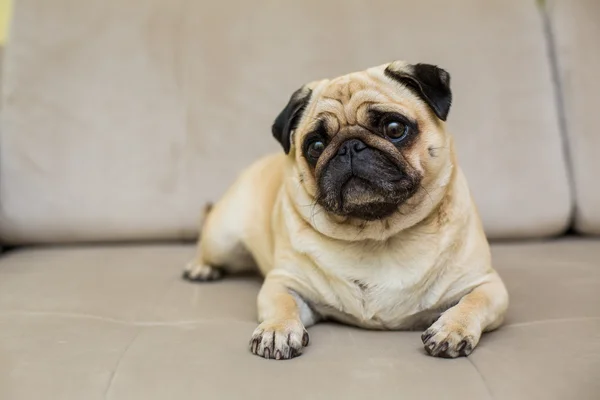
3. Pug – The Cute but Compromised Companion
While the playful charm and gentle nature make pugs popular, their health profile is quite the opposite. According to the Royal Veterinary College, Pugs are 1.9 times more likely to develop disorders annually compared to other breeds; breathing issues like brachycephalic obstructive airway syndrome occur up to 54 times more often in pugs.
It is hard for Atherton to imagine training such dogs because he has seen how hard it is for them to breathe even at rest. Breathing difficulties, eye ailments, and infections are common due to their flat faces, narrow nostrils, and folds in the skin. Their personalities are great, but the future owners have to consider how managing the chronic health problems weighs against the pleasure a companion dog might bring.
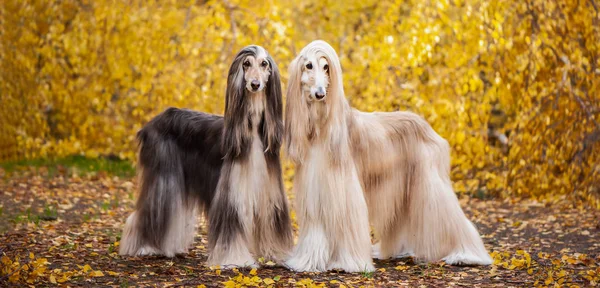
4. Afghan Hound – The Elegant Independent
Graceful, yet aloof, Afghan Hounds are as independent as they are beautiful. Silky coats and aristocratic bearing notwithstanding, a stubborn streak can frustrate even seasoned trainers. Intelligent but selective in obedience, they often choose when to respond, and consistency is the key.
Their history as hunters over difficult terrain instilled self-reliance, which today can come across as “cat-like” detachment. For owners, this means setting firm boundaries while being endlessly patient, prepared for high grooming demands with activities that keep the mind engaged.
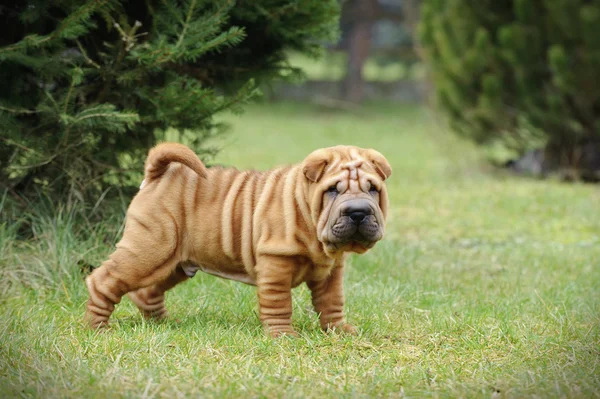
5. Shar-Pei: The Reserved Guardian
Wrinkles and protective nature are the Shar-Peis’ calling cards, for they can be fiercely loyal to their families but wary of outsiders. First developed as a Chinese breed for guarding, then fighting, they often resist socialising beyond the family circle.
They can be territorially aggressive if they do not have early, formal socialization to new people and environments. Independence and occasional stubbornness mean they are best suited to experienced owners who understand how to channel protective instincts into calm confidence.
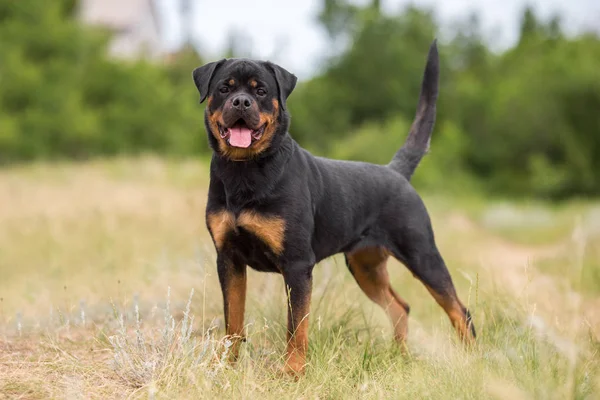
6. Rottweiler – The Loyal but Overprotective
Rottweilers are known for their loyalty and strength but can easily lean into overprotectiveness if not trained correctly. Loyal to one primary caregiver only, they can easily be unresponsive-or even aggressive-to commands from others. They need very clear boundaries, respect from both sides, and consistent socialization in order not to take the household “alpha” position. Their physical strength needs an owner who will be able to control them at any moment, especially around strangers.
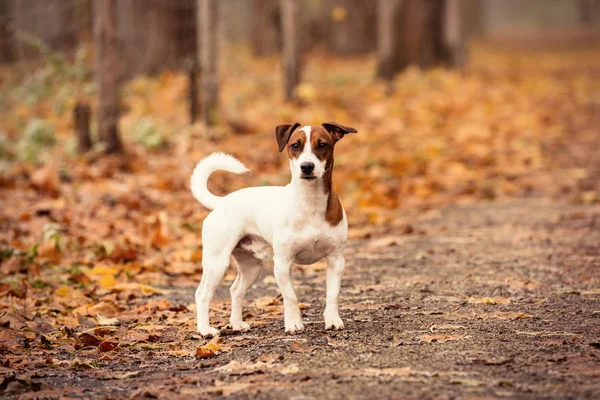
7. Jack Russell Terrier – The Energetic Instigator
Though compact by nature, Jack Russells are mighty: Originally bred for fox hunting, they possess high prey drive and a boundless amount of energy. When they do not get enough exercise or mental stimulation, they can become destructive or quarrelsome with other dogs. Quick reflexes and curious, they need supervision, especially around small pets, and training that shapes impulse control and funnels energy into constructive activities.
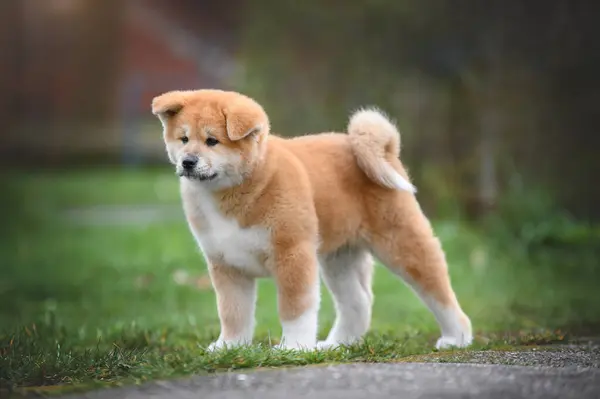
8. Akita – The Intense Guardian
Akitas are dignified, powerful dogs with a protecting instinct. While deeply loyal, they can also be quite aloof to strangers and resistant to commands given by those who have not earned their respect. Given their size and confidence, they require an experienced handler who can assert authority without being harsh. Crowded areas and dog parks are overstimulating for them, and so they should be placed in controlled environments.
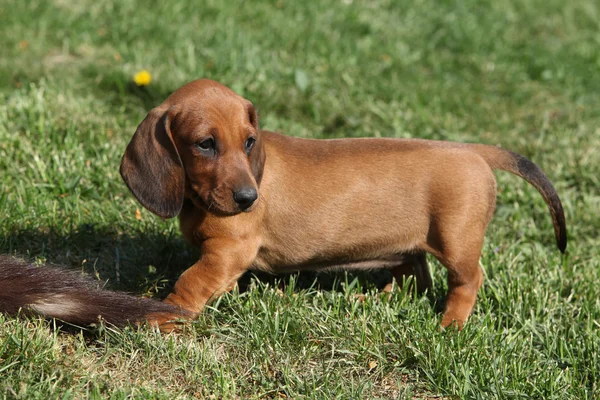
9. Dachshund – The Stubborn Vocalist
Bred to hunt badgers, Dachshunds pack determination into their small frames. Their stubbornness often shows in selective obedience and a love of vocalising at perceived threats or simply for attention. Potty training may take quite a while, and the prey drive is very strong, which predisposes them to chasing. Their spirited personalities can be managed by consistent routines, reward-based training, and patience.
Honesty from Atherton underlines an important reality: breed choice should be influenced more by something other than aesthetics and popularity. While each of these dogs brings unique rewards, they also introduce unique challenges that can stress out inexperienced owners. Understanding their history, temperaments, and needs allows prospective owners to make informed decisions ensuring both human and canine thrive together.


